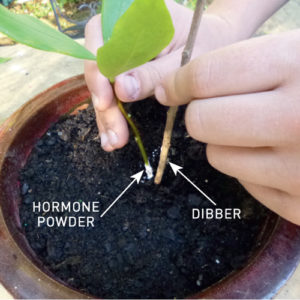How To Grow Daphne
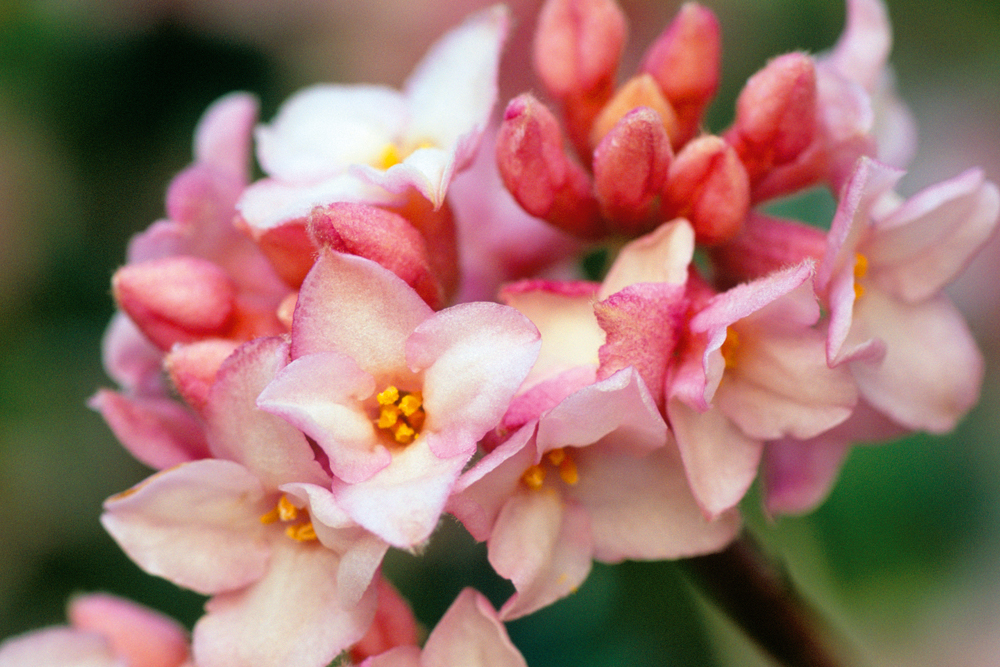
Famed for its intense rose-citrus perfume, Daphne odora flowers in winter and spring, filling the air with its delightful fragrance. The waxy star shaped flowers bloom in tight clusters amid leathery dark green leaves.
This evergreen woodland shrub is fairly slow growing and does best in cool to temperate climates. Daphne doesn’t like its roots being disturbed, so avoid installing anything around the base of the plant.
Daphne tolerates light frosts and grows to about one metre high and wide. As the flowers offer fragrance but little visual impact, plant near other evergreen flowering shrubs or groundcovers like hellebores for colour.
If you have kids, remove the bright red berries as they’re poisonous and wear gloves to trim the plant because some people are sensitive to the sap.
TIP The bitter taste of the berries discourages animals from grazing.
In the garden
Use this easy-to-follow planting and maintenance guide to grow healthy daphne at home.
POSITION daphne in moist, rich, well-drained soil in a spot that gets morning sun, part shade or all-day winter sun and provides shelter from strong winds.
PLANT with care, ensuring you don’t damage the roots when you take the plant from the pot. Don’t tease the roots out before planting.
If your soil is heavy or has clay subsoil, plant daphne into an elevated mound, as good drainage is essential.
CARE for plants by feeding with a slow-release fertiliser in early spring and spray with a weak foliar fertiliser every two weeks during the growing season. Potted plants need fertilising more than those in the ground, which can often do without.
WATER regularly but check the moisture level in the soil with your finger first so as not to over or under water the plant. Cut back water a little in summer for more blooms.
Daphne likes damp, not wet, soil and tolerates short periods of drought much better than wet feet.
MULCH plants with a 70 to 100mm layer of well-rotted organic material to keep roots cool.
Keep mulch away from the stem to avoid any rot problems.
PRUNE lightly, just clipping flowers for indoors, or trim when blooms finish in spring and cut back any wayward growth to keep the plant’s shape.
WATCH FOR root rot from over watering and poor drainage, which can kill the plant. Let daphne dry out slightly between waterings or, if drainage is poor, plant in a raised bed.
Yellow leaves can be a sign of magnesium deficiency. Correct by spraying the plant with 20g of Epsom salts mixed with one litre of water.
Aphids and scale can attack the plant and lead to sooty mould. Hose or scrape off offenders and check leaves regularly so numbers don’t build up.
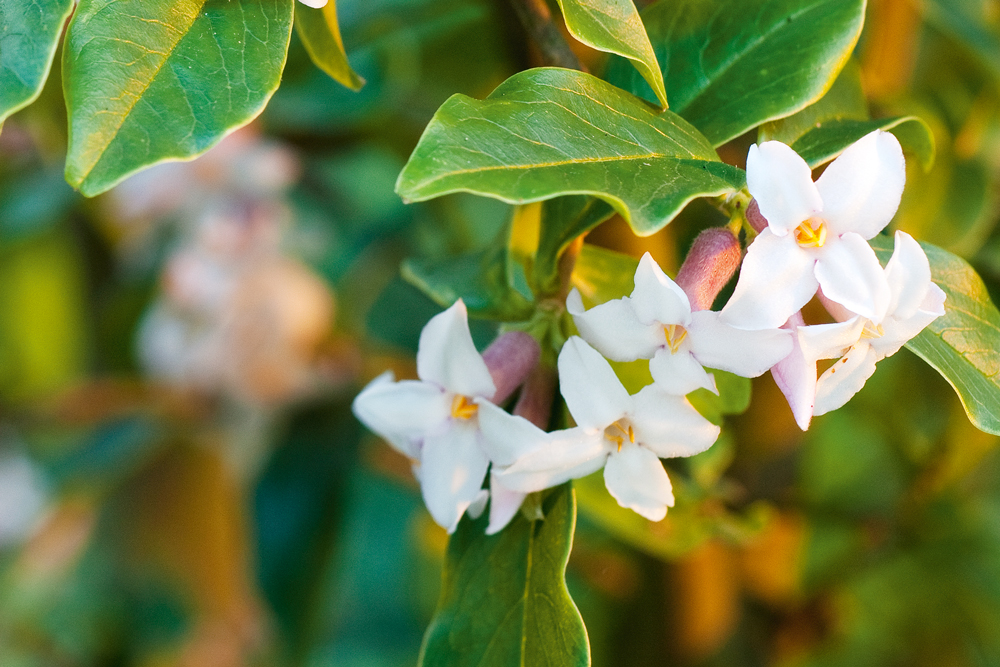
Pick small bunches of daphne for indoors, as the scent is intensified by warmth. Image: Getty Images
Container growing
Daphne can be grown in a pot but choose a large container with room for root growth as it doesn’t like being repotted. Use a good quality potting mix with water crystals and fertiliser.
Move the plant into the shade over summer, or keep the water up during hot, dry periods as potting mix will dry out more than garden soil.
TIP Position flowering potted daphne near windows and doors so the perfume can be enjoyed.
Beware the berries
Daphne’s red berry-like fruit is highly poisonous if eaten, although the plant will rarely produce berries after flowering. If you notice berries growing on daphne plants, remove them straight away, especially if there are small children around. In the case of berries actually being ingested, seek medical attention immediately.
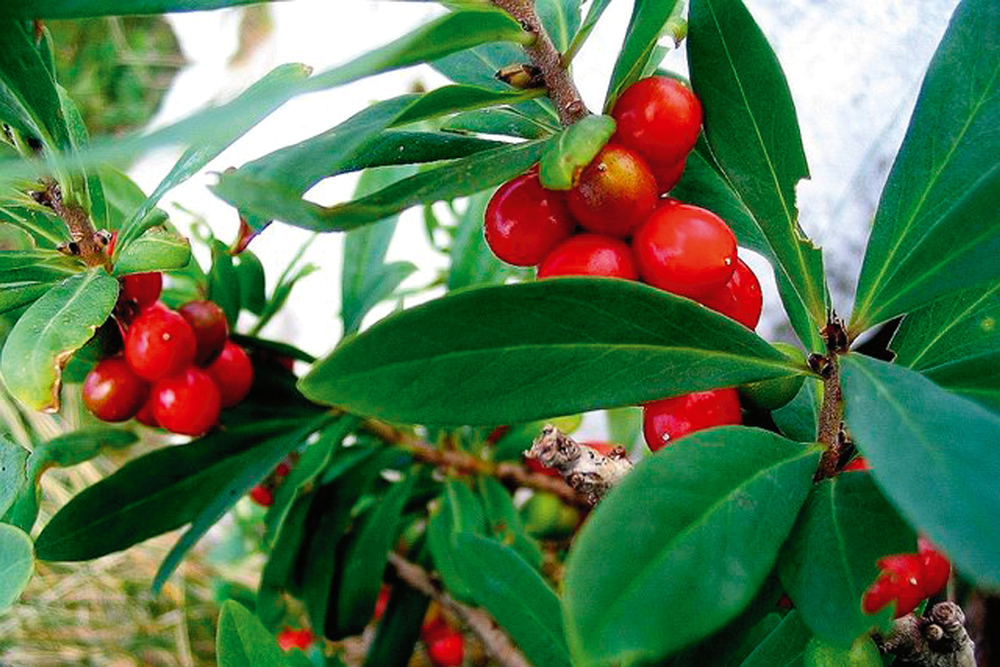
Daphne’s red berry-like fruit is highly poisonous if eaten although the plant will rarely produce berries after flowering. Image: Getty Images
Choose a variety
Daphne has pink or white flowers, with some that open pink before fading with time. The leathery leaves can be completely green, or have yellow or white margins. The variegated leaf forms add colour year-round.
Aureo-Marginata
A neat yellow edge brightens the foliage on this variety and provides an attractive backdrop to red flower buds. Flowers open as a rosy purple then fade to white. It grows to a metre high, tolerates frost and thrives in dappled shade.
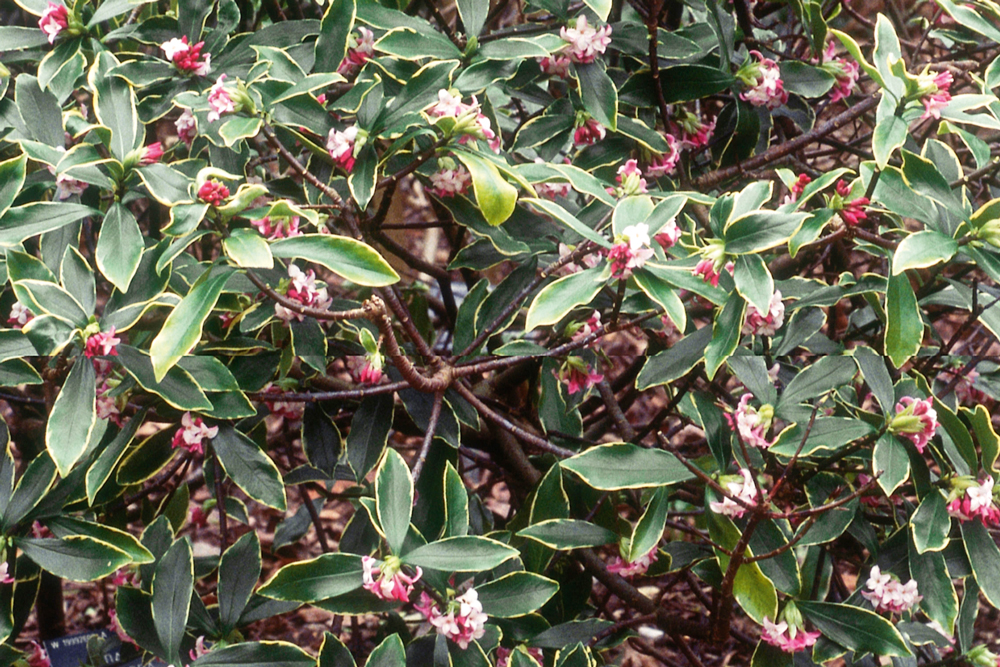
Flowers open as a rosy purple then fade to white, it grows to a metre high, tolerates frost and thrives in dappled shade
Eternal Fragrance
This new daphne is tougher than the old cultivars and spot-flowers throughout the year after the first flush in winter. It has a compact growth habit, just 600mm high, and is heat, frost and dry tolerant. It will also cope with alkaline soils.
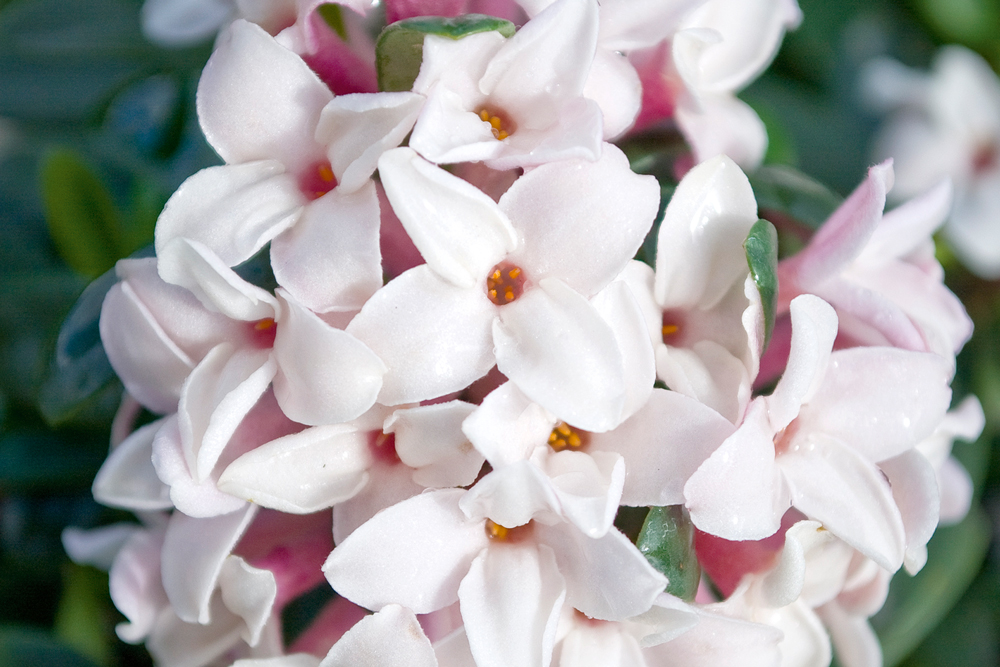
This new daphne is tougher than the old cultivars and spot-flowers throughout the year after the first flush in winter
Alba
Featuring cream or white flowers with a rich fragrance, alba is best in a spot with dappled light and prefers acidic soil. Its low and compact growth habit makes it particularly good for pots, where it will flower over many weeks.
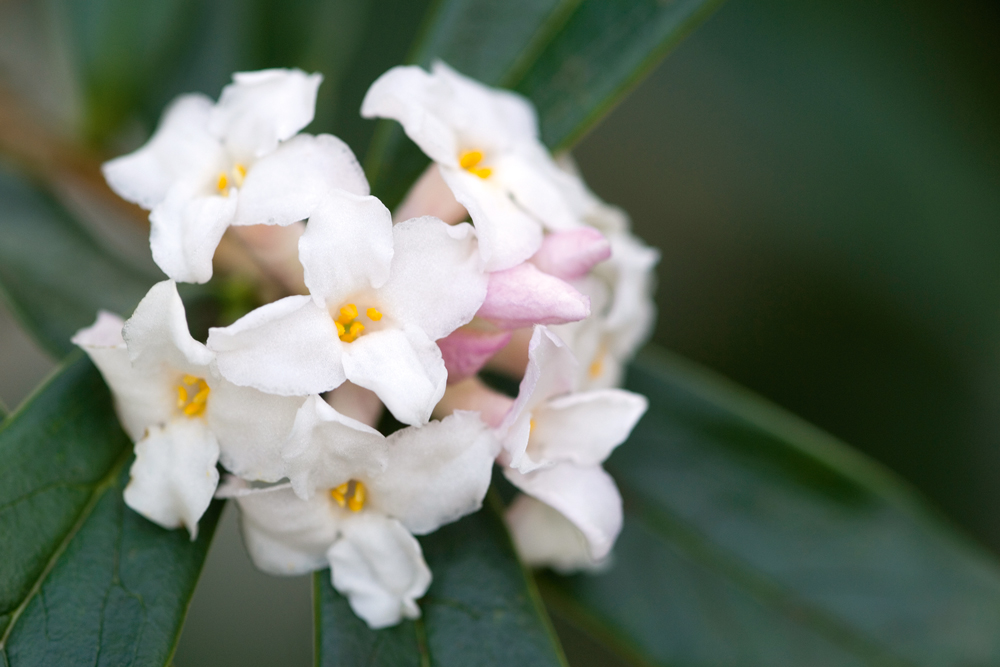
Featuring cream or white flowers with a rich fragrance, alba is best in a spot with dappled light and prefers acidic soil
Make stem cuttings
Propagate daphne from healthy stem cuttings in December. Allow six to eight weeks for roots to develop before gently tugging at the cuttings to check them.


